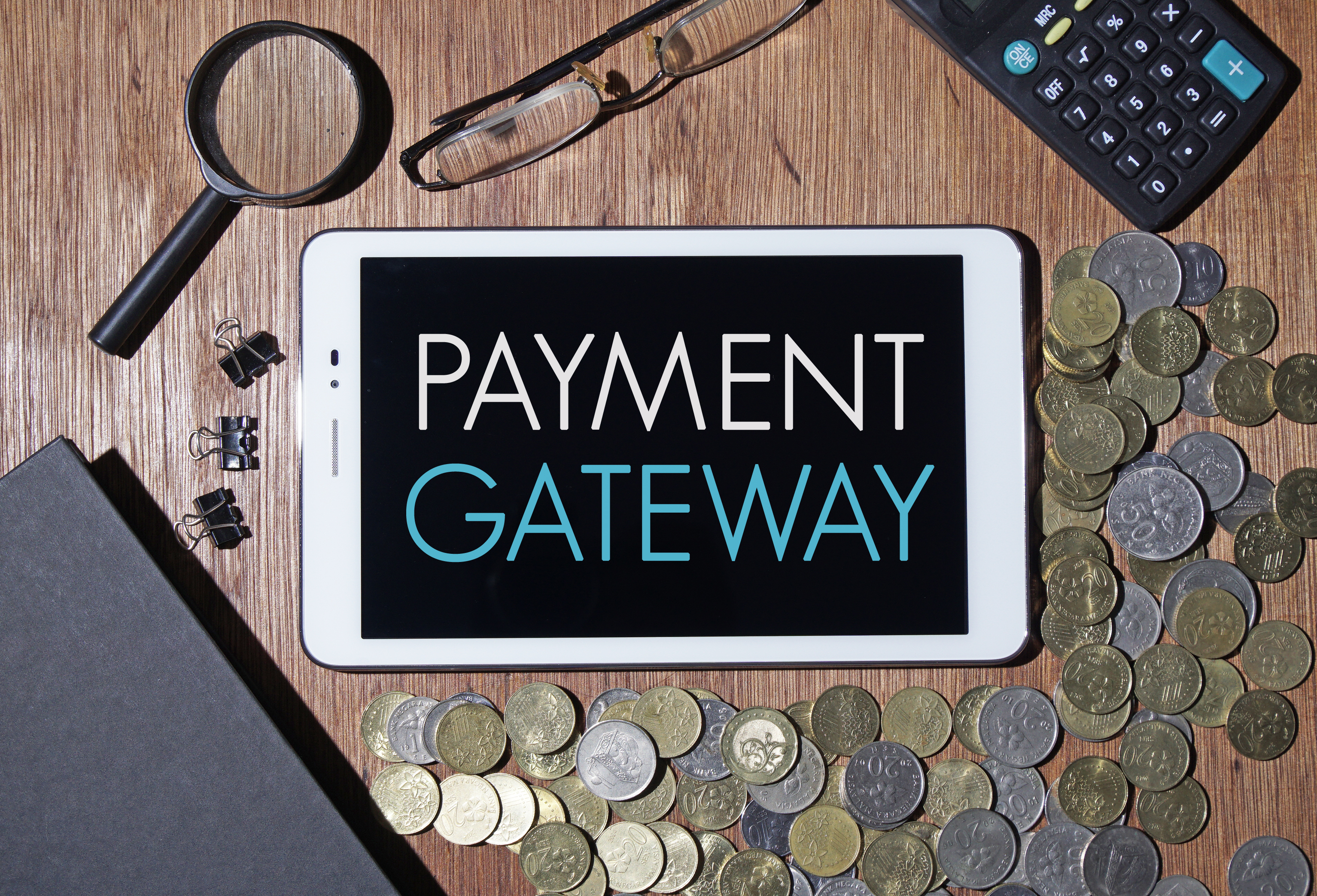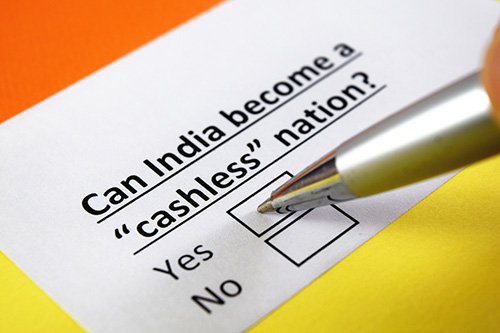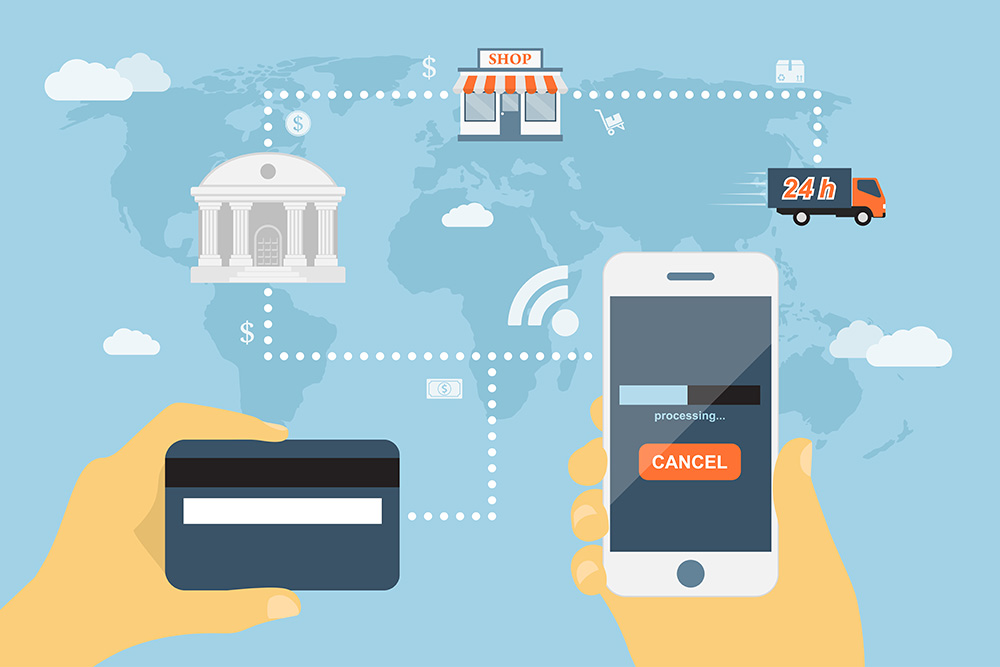9 Things to Look For In a Payment Gateway

If you are setting up an e-commerce store, one of the most important things you will be looking for is a payment partner who is going to help you enable the whole payments process.
With the right payment partner, your customers will be able to pay you easily and is more likely to come back to your website. There is just one small problem – how do you choose the right payment gateway?
With the market cluttered with several payment gateway options, it might be hard to choose the right one. In order to choose the right processor, you should do some homework and consider some points that are relevant to your business needs.
So in this article, we are going to explain 9 important things to be considered before you choose your payment partner.
- Look into location and incorporation details
Most of the times, the ideal payment gateway for you should be the gateway that is from the same location/country, your business is incorporated in. The corollary is also true. For example, if you want a European payment gateway for your business, you need to incorporate in Europe itself.
- What’s the pricing and the providers’ fees?
It is extremely important to know the fee structure of your payment processor, if your business model is extremely price sensitive. Most of the fintech companies fall into this group and a slight variation in prices can alter their profits and may even turn it into loss. Don’t get carried away by the advertisements that announce lowest fees or discounts, as it just might act as a catch to attract clients. Find a payment gateway provider that offers transparent fee structure without any surprises afterwards.
- What’s the technology
The bottom line is that you should choose a payment gateway that is supported by robust technology. This should not only offer simple, user-friendly solutions but also protect all financial transactions against fraud. Also, your payment gateway should be secure enough to protect all your customer’s data and also have lower processing costs.
- How good is the support
Operating in a global market involves many unexpected and occasional incidents that can be bad for your business. That’s why support is considered to be a crucial factor to instantly fix the problems you face. Support should be simple and hassle free and ticketing system should be robust and fast.
- Does the operator offer international payments?
Check whether your payment gateway accepts international payments. If you are a growing business which is looking for selling to the global customer in the future, you might want to go with payment gateway which accept international currencies and offers alternative payment options. While local payment providers might be cheaper in certain cases, global payment gateways like PayTabs come with extremely attractive features like multi-currency payments, acceptance of a variety of cards, settlements and alternative payment arrangements. The latter is probably the better option if you are looking for revenue from around the world.
- What are the safety and security features
It is extremely important to ensure the safety and security of your customers, while they purchase online. Maximum frauds happen while your customers try to make payments online. There are different ways of protection that a processor can implement such as 3D secure payments, verified by Visa, and token system etc. Your gateway should always follow the guidelines of PCI to minimize the chances of frauds.
- Regular payments
If your business model requires short-term payments and settlements, it is ideal to go for a processor that doesn’t expect you to wait too long. Check the cost of the transfer and make sure that the fees are not too high. Always check what your payment gateway is charging for wire transfer. Some gateways charge a low fee and some might ask you to pay a higher fee.
Make sure that the rolling reserves are kept to a minimum. Rolling reserves is a kind of money that a payment processor or a bank can keep with themselves for a period of three to six months as security money against possible charge-backs.
- Does it allow invoicing
It might make sense to go with a payment gateway which offers built-in invoicing services. This not only makes it easier for you to raise instant invoices for the customer but also eliminates the need to move to another platform for invoicing.
- Reporting features
Another important thing to check is whether your payment partner is offering detailed reporting services. Once your business starts, you will want to review the transactions, review chargebacks in any, or do an analysis of any extra charges that you might have incurred while using the gateway. Try to go with a gateway that offers a better user experience.
There might not be a “perfect payment gateway” that fits the needs of every business. But its worth going the extra mile in order to find your right payment partner since a bad choice will not only cost you money but also your customers. The one thing to probably always keep in mind is the security aspect. The right partner will help you provide all the necessary tools for helping your business grow.




